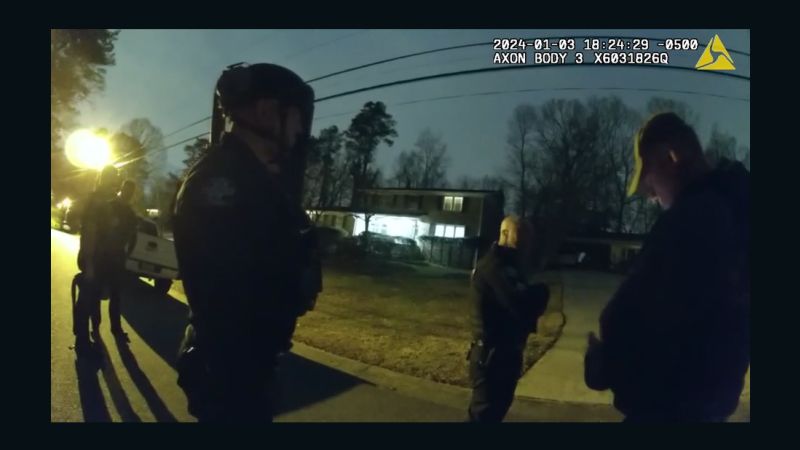When a man called to confess he had shot his wife, was armed with an AR-15 and planned to kill himself, police in Jefferson City, Missouri raced to the scene.
Heavily armed officers ordered the homeowner to walk outside with his hands up. From the doorway, a middle-aged man emerged. It was Jay Ashcroft, Missouri’s Secretary of State who minutes earlier was gearing up for a workout on his home treadmill.
“I just couldn’t believe this was happening to me,” Ashcroft, a Republican and the state’s top election official, said in an interview with CNN. “It was very surreal.”
What went down at Ashcroft’s house that night was a potentially deadly hoax called “swatting” in which a caller makes a bogus crime report intended to trigger a massive law enforcement response to a target’s residence.
The practice has emerged as a major concern for election officials ahead of this year’s presidential election, but combatting swatting is fraught with unique challenges that authorities are seemingly unprepared for: The inherent anonymity of swatting and the technological tools that fuel it have outpaced law enforcement’s ability to tamp it down, according to interviews with 16 current and former election and law enforcement officials.
Threats have become pervasive, law enforcement officials say, as technology has enabled the calls to become more realistic sounding and harder to trace. Artificial intelligence now allows malicious pranksters to mimic the voices of targeted individuals, while proxy servers and encrypted-communication apps add layers of privacy. A cottage industry of purported swat-for-hire accounts has popped up on social media, seeking to monetize the practice.
CNN identified multiple such accounts online and…
Read the full article here





